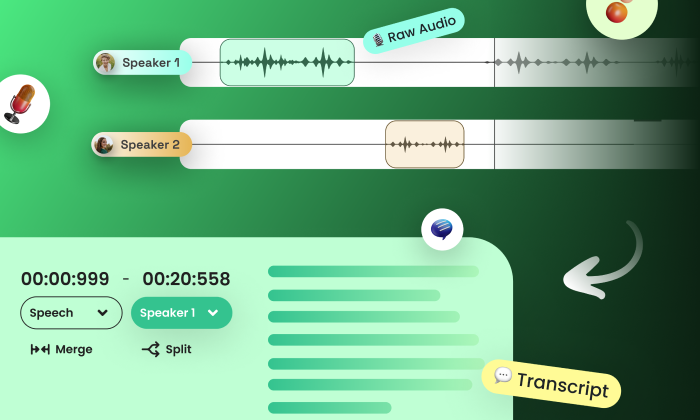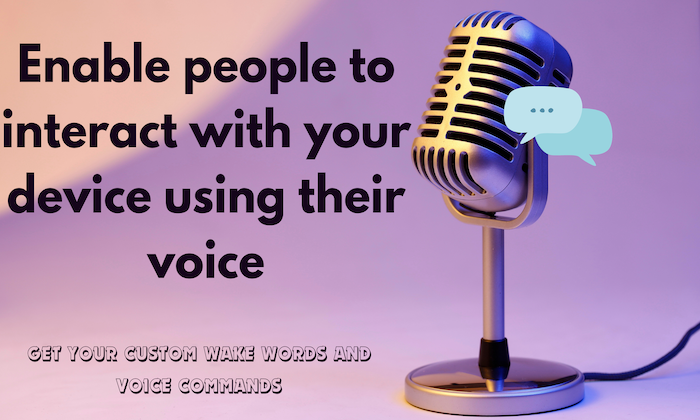What tools are used to record wake word data?
Voice Assistants
Wake Word
Data Recording
At FutureBeeAI, we recognize that precise wake word data collection is foundational to building reliable voice AI systems. Wake words such as “Hey Siri” or “OK Google” are integral to activating voice interfaces across consumer electronics, smart environments, and enterprise applications. This guide outlines the tools and methodologies we use to deliver production-grade wake word datasets tailored to real-world deployment.
Why Wake Word Data Matters
Wake word datasets enable accurate model training, especially for systems that operate in diverse acoustic and demographic conditions. Quality in this phase translates directly into improved user outcomes.
Key benefits include:
- Higher model accuracy due to representative samples across age, accent, gender, and environment
- Better user experience through responsive and consistent wake word detection
Key Tools for Recording Wake Word Data
Audio Recording Equipment
FutureBeeAI leverages industry-standard hardware to maintain acoustic fidelity:
- Microphones such as Shure SM7B and AKG C414 to capture clear, isolated speech
- Audio interfaces like Focusrite Scarlett for clean analog-to-digital conversion
- Digital Audio Workstations (DAWs) including Audacity and Pro Tools for structured audio capture and editing
Controlled Acoustic Environments
Sound quality is not just about hardware, it also depends on environmental consistency:
- Soundproof studios that reduce external noise interference
- Acoustic treatments with foam paneling to minimize reverberation and echo
- Standardized setups including microphone distance and speaker positioning for uniform data quality
Scaling Diversity with YUGO and Participant Recruitment
Voice model performance depends on the diversity of its training data. To scale ethically and effectively, we integrate:
- Participant sourcing across global and regional platforms to ensure coverage of varied accents, genders, and age groups
- Scripted sessions via our proprietary YUGO platform, which enables guided, consistent recording at scale
Annotation and QA Pipeline
Each dataset is subject to a structured review process supported by our in-house tools:
- Two-layer QA on the YUGO platform, validating both audio quality and transcript accuracy through a mix of automation and expert review
- Rich metadata documentation including speaker profile, environment conditions, and device context, enabling downstream use in multilingual or domain-specific AI systems
Real-World Applications
Wake word data is central to multiple high-impact industries:
- Smart assistants in home, mobile, and enterprise environments
- IoT systems that rely on precise command activation, including thermostats, lighting, and appliances
- Voice-activated controls in automotive and healthcare settings where hands-free interaction is critical
Conclusion: Building Trust Through Quality Data
Accurate wake word recognition starts with disciplined data collection. From hardware selection to QA pipelines, every step matters. FutureBeeAI offers both off-the-shelf and custom wake word datasets, enabling voice AI teams to launch faster and scale reliably. Trust us to deliver datasets that meet the rigorous standards your applications demand.
FAQs and Quick Specs
Q: What tools does FutureBeeAI use to record wake word data?
A: We use professional-grade microphones, interfaces, and DAWs, combined with YUGO for structured, scalable data capture.
Q: In what format are the wake word files delivered?
A: Standard delivery format is 16 kHz, 16-bit mono WAV files with accompanying JSON metadata.
What Else Do People Ask?
Related AI Articles
Browse Matching Datasets
Acquiring high-quality AI datasets has never been easier!!!
Get in touch with our AI data expert now!


-data-collection/thumbnails/card-thumbnail/top-resources-to-gather-speech-data-for-speech-recognition-model-building.webp)





